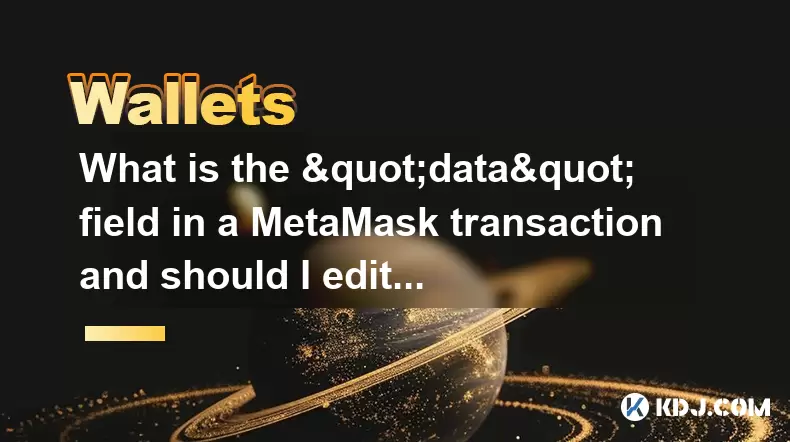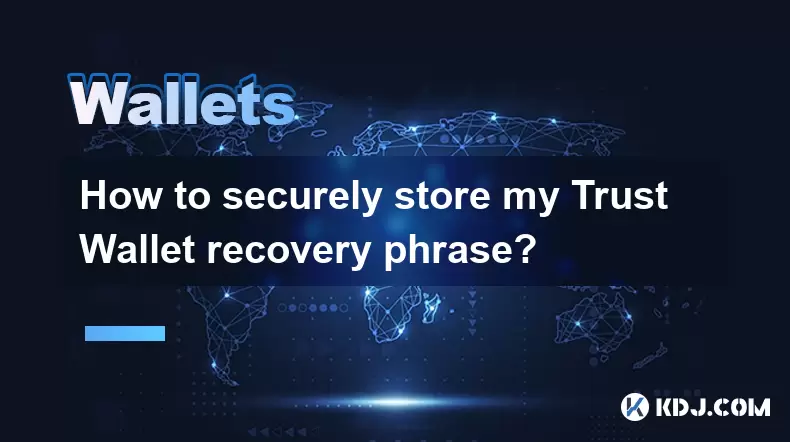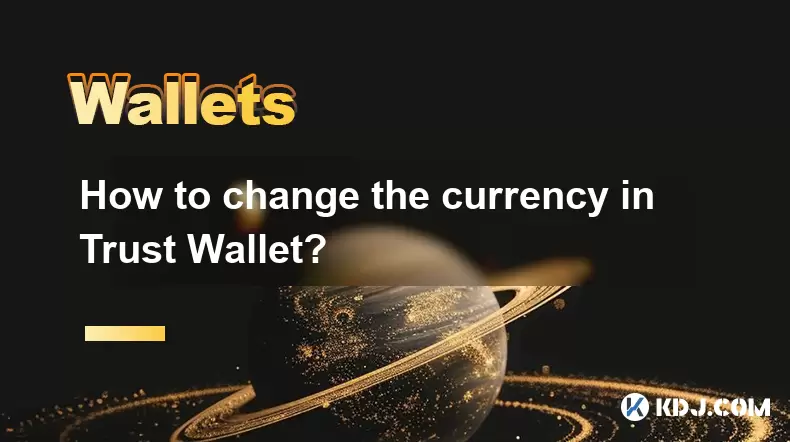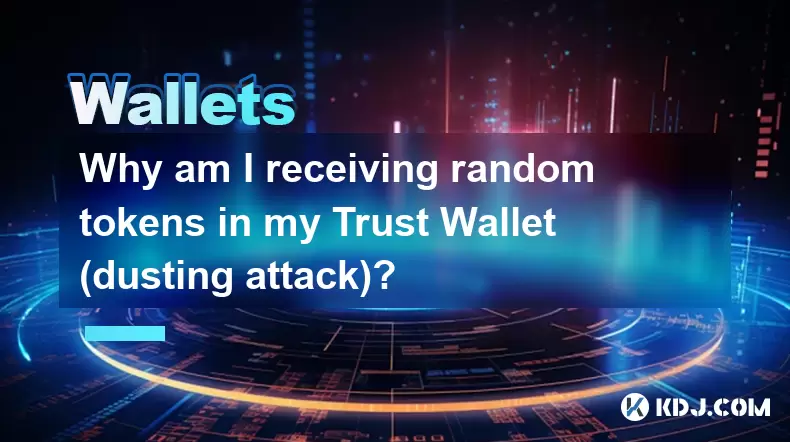-
 Bitcoin
Bitcoin $114200
0.00% -
 Ethereum
Ethereum $3637
0.56% -
 XRP
XRP $2.950
-2.01% -
 Tether USDt
Tether USDt $0.9999
0.02% -
 BNB
BNB $761.0
0.55% -
 Solana
Solana $164.1
-1.38% -
 USDC
USDC $0.9999
0.02% -
 TRON
TRON $0.3332
0.36% -
 Dogecoin
Dogecoin $0.2012
-0.52% -
 Cardano
Cardano $0.7261
-1.41% -
 Hyperliquid
Hyperliquid $37.62
-2.13% -
 Stellar
Stellar $0.3930
-2.65% -
 Sui
Sui $3.441
-0.16% -
 Bitcoin Cash
Bitcoin Cash $563.8
0.70% -
 Chainlink
Chainlink $16.50
0.09% -
 Hedera
Hedera $0.2424
-0.14% -
 Ethena USDe
Ethena USDe $1.001
0.01% -
 Avalanche
Avalanche $22.20
0.00% -
 Litecoin
Litecoin $118.0
-2.48% -
 UNUS SED LEO
UNUS SED LEO $8.991
0.12% -
 Toncoin
Toncoin $3.195
-3.87% -
 Shiba Inu
Shiba Inu $0.00001217
0.12% -
 Uniswap
Uniswap $9.674
-0.21% -
 Polkadot
Polkadot $3.633
1.00% -
 Monero
Monero $295.3
-0.82% -
 Dai
Dai $0.9999
0.00% -
 Bitget Token
Bitget Token $4.321
-0.41% -
 Cronos
Cronos $0.1392
0.73% -
 Pepe
Pepe $0.00001027
-0.89% -
 Aave
Aave $258.5
0.32%
What is the "data" field in a MetaMask transaction and should I edit it?
The "data" field in MetaMask contains encoded instructions for smart contracts and is automatically populated by dApps—never edit it unless you fully understand the risks.
Aug 06, 2025 at 01:00 pm

Understanding the "data" Field in MetaMask Transactions
The "data" field in a MetaMask transaction refers to an optional parameter that allows users to include arbitrary hexadecimal data when sending a transaction on the Ethereum blockchain. This data is typically used to interact with smart contracts, trigger specific functions, or pass encoded instructions. When you send ETH to a regular wallet address, the data field is usually left blank. However, when interacting with decentralized applications (dApps), tokens, or smart contracts, this field becomes essential. The data field contains function selectors and parameter values encoded using the Ethereum ABI (Application Binary Interface), which tells the smart contract what action to perform.
For example, when you approve a token transfer or participate in a DeFi protocol, the dApp you're using automatically populates the data field with the correct function call. This data is not human-readable and appears as a long string of hexadecimal characters. It is crucial to understand that any modification to this field can drastically alter the outcome of the transaction.
When Is the Data Field Automatically Populated?
Most of the time, you do not need to manually input or edit the data field. When you use a dApp such as Uniswap, Aave, or OpenSea, the interface communicates with MetaMask and automatically fills in the data field with the correct encoded function call. This includes actions like:
- Swapping tokens using a decentralized exchange
- Approving token spending for a contract
- Staking or depositing assets into a yield farming pool
- Minting NFTs or executing smart contract functions
In these cases, the dApp generates the correct ABI-encoded data, signs it, and sends it through MetaMask. You will see the data field populated in the transaction confirmation window, but you should not alter it unless you have a specific reason and full understanding of the consequences.
Should You Edit the Data Field Manually?
Editing the data field manually is highly discouraged unless you are a developer or have advanced knowledge of Ethereum smart contracts and ABI encoding. Incorrect modifications can result in:
- Transaction failure, leading to a loss of gas fees
- Unintended execution of contract functions
- Permanent loss of funds if the function call triggers a transfer or approval
If you are debugging a contract or testing a function call using tools like Remix or Hardhat, you might need to input custom data. In such cases, ensure you:
- Verify the function signature you are calling
- Double-check parameter types and order
- Test on a testnet before executing on mainnet
- Use tools like Etherscan’s contract "Write" tab to generate correct data
Even then, MetaMask will warn you when a transaction contains data, indicating it's interacting with a contract. Never edit the data field if you received it from a third party without verifying its origin and purpose.
How to View the Data Field in MetaMask
To view the data field in MetaMask:
- Open MetaMask and initiate a transaction
- Click on "Advanced" in the transaction confirmation window
- Look for the "Data" section, which displays the hexadecimal string
- If the field is empty, it means no additional data is being sent (simple ETH transfer)
- If populated, it indicates interaction with a smart contract
You can use external tools to decode this data:
- Paste the hex string into Etherscan’s "Input Data" decoder
- Use ABI decoding tools like https://abi-decoder.etherscan.io
- Input the contract’s ABI to interpret the function and parameters
This helps verify that the transaction is performing the expected action, such as calling approve(spender, amount) or transferFrom(owner, recipient, tokenId).
Risks of Interacting with Unknown Data Fields
Transactions containing data should be treated with caution. Malicious actors can craft transactions that appear legitimate but contain harmful function calls. For instance:
- A transaction may approve an infinite token allowance to a malicious contract
- It could trigger a self-destruct or fund drain in a compromised contract
- It might delegate governance power to an attacker
Always:
- Review the contract address you’re interacting with
- Check if it’s verified on Etherscan
- Look up recent transactions to detect suspicious activity
- Use MetaMask’s transaction insights, which sometimes decode known functions
If the data field is filled and you didn’t initiate a contract interaction, cancel the transaction and investigate the source.
Common Scenarios Where Data Is Used
- Token Approvals: When using a DEX, you approve a router contract to spend your ERC-20 tokens. The data field contains the
approve(address, uint256)function call. - NFT Transfers: Sending an NFT involves calling
safeTransferFrom, encoded in the data field. - DAO Voting: Submitting a vote in a governance system sends encoded proposal and vote data.
- Custom Contract Calls: Developers interact with their own contracts using manually crafted data payloads.
In all these cases, the data field is necessary and correctly generated by the dApp frontend. Manual editing is unnecessary and risky.
Frequently Asked Questions
Can I send a message to someone by editing the data field?
Yes, you can include a plain text message by encoding it in hexadecimal. For example, converting "Hello" to 0x48656c6c6f and placing it in the data field will store that data on-chain. However, the recipient must know to look at the transaction input data to see it. Most wallets do not display this by default.
What happens if I send ETH with data to a regular wallet?
If the recipient address is an externally owned account (EOA) and not a contract, the data is ignored. The ETH will still arrive, but the data is stored on-chain with no effect. Some wallets may not show incoming transactions with data, but they are still valid.
Is the data field visible to everyone on the blockchain?
Yes, all transaction data, including the data field, is public and permanently stored on the Ethereum blockchain. Anyone can view it using block explorers like Etherscan. Sensitive information should never be sent in plain text.
How do I know if the data in my transaction is safe?
Use Etherscan to decode the input data. Compare the decoded function and parameters with what you intended to do. Check the contract address for verification status and reviews. If unsure, do not confirm the transaction.
Disclaimer:info@kdj.com
The information provided is not trading advice. kdj.com does not assume any responsibility for any investments made based on the information provided in this article. Cryptocurrencies are highly volatile and it is highly recommended that you invest with caution after thorough research!
If you believe that the content used on this website infringes your copyright, please contact us immediately (info@kdj.com) and we will delete it promptly.
- Binance, CZ, and the FTX Fallout: The $1.8 Billion Question
- 2025-08-06 18:30:12
- Brendan Rodgers, Celtic, and the Greg Taylor Role: A Tactical Conundrum
- 2025-08-06 18:50:12
- Coinbase Stock, Investment, and Earnings: Navigating Crypto's Tides
- 2025-08-06 18:55:54
- DALPY Coin: Investor Buzz Swirls Around Upcoming 'Game-Changing' Features
- 2025-08-06 18:30:12
- BlockchainFX: Your Ticket to 1000x Crypto Gains in '25?
- 2025-08-06 19:30:12
- Dogecoin Price, Technical Indicators, and Trader Sentiment: A NYC Perspective
- 2025-08-06 19:35:12
Related knowledge

How to add TRC20 token to Trust Wallet?
Aug 04,2025 at 11:35am
Understanding TRC20 and Trust Wallet CompatibilityTrust Wallet is a widely used cryptocurrency wallet that supports multiple blockchain networks, incl...

How to securely store my Trust Wallet recovery phrase?
Aug 06,2025 at 07:14am
Understanding the Importance of Your Trust Wallet Recovery PhraseYour Trust Wallet recovery phrase, also known as a seed phrase or mnemonic phrase, is...

How to change the currency in Trust Wallet?
Aug 06,2025 at 07:14pm
Understanding Currency Display in Trust WalletTrust Wallet does not allow users to change the base currency used for valuation in the same way traditi...

Why am I receiving random tokens in my Trust Wallet (dusting attack)?
Aug 06,2025 at 10:57am
What Is a Dusting Attack in the Cryptocurrency Space?A dusting attack occurs when malicious actors send minuscule amounts of cryptocurrency—often frac...

What is a watch-only wallet in Trust Wallet?
Aug 02,2025 at 03:36am
Understanding the Concept of a Watch-Only WalletA watch-only wallet in Trust Wallet allows users to monitor a cryptocurrency address without having ac...

Why can't I connect my Trust Wallet to a DApp?
Aug 04,2025 at 12:00pm
Understanding DApp Connectivity and Trust WalletConnecting your Trust Wallet to a decentralized application (DApp) is a common process in the cryptocu...

How to add TRC20 token to Trust Wallet?
Aug 04,2025 at 11:35am
Understanding TRC20 and Trust Wallet CompatibilityTrust Wallet is a widely used cryptocurrency wallet that supports multiple blockchain networks, incl...

How to securely store my Trust Wallet recovery phrase?
Aug 06,2025 at 07:14am
Understanding the Importance of Your Trust Wallet Recovery PhraseYour Trust Wallet recovery phrase, also known as a seed phrase or mnemonic phrase, is...

How to change the currency in Trust Wallet?
Aug 06,2025 at 07:14pm
Understanding Currency Display in Trust WalletTrust Wallet does not allow users to change the base currency used for valuation in the same way traditi...

Why am I receiving random tokens in my Trust Wallet (dusting attack)?
Aug 06,2025 at 10:57am
What Is a Dusting Attack in the Cryptocurrency Space?A dusting attack occurs when malicious actors send minuscule amounts of cryptocurrency—often frac...

What is a watch-only wallet in Trust Wallet?
Aug 02,2025 at 03:36am
Understanding the Concept of a Watch-Only WalletA watch-only wallet in Trust Wallet allows users to monitor a cryptocurrency address without having ac...

Why can't I connect my Trust Wallet to a DApp?
Aug 04,2025 at 12:00pm
Understanding DApp Connectivity and Trust WalletConnecting your Trust Wallet to a decentralized application (DApp) is a common process in the cryptocu...
See all articles

























































































